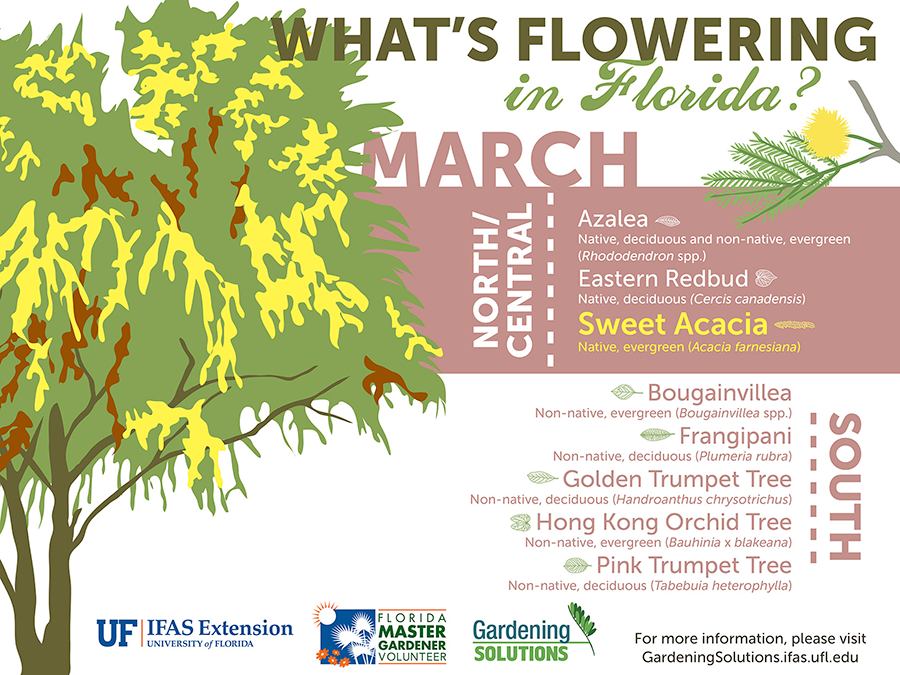Seasonal Tree Care: Exactly How To Manage Trees Before And After Removal
Seasonal Tree Care: Exactly How To Manage Trees Before And After Removal
Blog Article
Web Content Create By-
When it comes to seasonal tree care, making certain correct management before and after elimination can considerably impact the health and aesthetics of your landscape. By comprehending the essential steps associated with examining tree health and getting ready for elimination, you can proactively safeguard your property. However what concerning the essential practices to follow once the tree is gone? Keep tuned to uncover the necessary post-removal care procedures that will certainly aid you grow a growing and lasting environment for your trees.
Pre-Removal Tree Care
Prior to addressing the removal of a tree, it's crucial to focus on pre-removal tree treatment. Start by examining the tree's health and wellness and architectural honesty. Try to find signs of illness, pest problems, or any kind of structural issues that might present a safety threat during elimination. It's necessary to talk to a licensed arborist to identify the very best strategy.
Pruning dead or infected branches can prevent additional damage to the tree and ensure a smoother removal procedure.
Additionally, think about the ecological effect of getting rid of the tree. Trees play an essential duty in our environment, so growing a new tree in an ideal area can help offset any loss. Make sure that you have the required authorizations and permissions for tree removal, specifically if the tree is shielded by local policies.
Seasonal Upkeep Tips
Evaluating your tree's demands throughout the year is important for its health and wellness and longevity. To maintain your trees in leading condition, comply with these seasonal maintenance tips.
In spring, focus on trimming to eliminate dead or broken branches and motivate brand-new growth.
Summertime asks for regular watering, especially during dry spells, to guarantee your tree stays hydrated.
As loss techniques, watch out for very early signs of disease or tension, and think about applying mulch to secure the origins during winter season.
In winter months, be cautious when eliminating snow from branches to stop breakage, and remain to check your tree's general wellness.
Remember to change your treatment routine based on the particular requirements of your tree species and local environment. By staying mindful and aggressive throughout the seasons, you can help your trees prosper and grow for years ahead.
Post-Removal Tree Treatment
To guarantee the wellness of your landscape also after tree removal, appropriate post-removal care is necessary. After a tree is gotten rid of, it's crucial to fill the remaining hole with topsoil and portable it to stop settling. This will aid preserve the integrity of the ground and protect against potential hazards in the future.
Take into arborist education planting brand-new plant life instead of the eliminated tree to restore the balance and visual appeals of your landscape. Routinely water the area to advertise the growth of new plants and stop soil erosion.
Evaluate the surrounding trees for any kind of indicators of disease or stress that may have been triggered by the removed tree. Watch out for pests that may've been brought in to the previous tree and take safety nets to safeguard the staying vegetation.
If needed, seek garden experts from a specialist arborist to analyze the effect of the removal on the surrounding trees and establish any added treatment required. By adhering to these post-removal treatment actions, you can make sure the ongoing health and wellness and appeal of your landscape.
Conclusion
To conclude, aggressive seasonal tree treatment is vital for preserving the health and wellness and balance of your landscape. By examining tree wellness, pruning, and talking to an arborist prior to removal, you can guarantee a secure procedure. After elimination, filling the hole, growing brand-new plant life, and regular watering will promote brand-new growth and stop disintegration. Keep in mind to evaluate bordering trees for condition and look for more treatment measures from an arborist to maintain your landscape flourishing.
